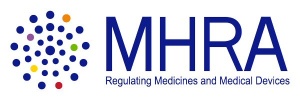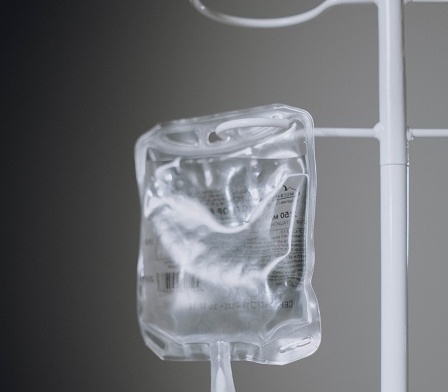 MHRA stands for the Medicines and Healthcare Products Regulatory Agency, which is a major force in the healthcare landscape of the United Kingdom. Public health is very import and the MHRA has a big hand in regulating the marketplace as well as steering public health policy. Medicine is always developing and new technologies and medicines are continuously being developed and brought to market. These products are designed to treat many health problems, often in new and innovative ways. All of these products must be thoroughly tested and their quality and safety must be monitored constantly in order to keep the public safe. The Medicines and Healthcare Products Regulatory Agency or MHRA is the government agency that is in charge of all of the extensive testing that is necessary for a new product to be brought to market. The MHRA also controls pharmaceutical compliance as well as medical device compliance in the UK.
MHRA stands for the Medicines and Healthcare Products Regulatory Agency, which is a major force in the healthcare landscape of the United Kingdom. Public health is very import and the MHRA has a big hand in regulating the marketplace as well as steering public health policy. Medicine is always developing and new technologies and medicines are continuously being developed and brought to market. These products are designed to treat many health problems, often in new and innovative ways. All of these products must be thoroughly tested and their quality and safety must be monitored constantly in order to keep the public safe. The Medicines and Healthcare Products Regulatory Agency or MHRA is the government agency that is in charge of all of the extensive testing that is necessary for a new product to be brought to market. The MHRA also controls pharmaceutical compliance as well as medical device compliance in the UK.
Why is the MHRA important?
The MHRA is important because it has been put in place to protect the public from faulty medical devices and unsafe medications. Without a robust regulatory agency the profit motives for medical manufacturers might prove to tempting and unsafe products might enter the marketplace, which would endanger patients. The Medicines and Healthcare Products Regulatory Agency ensures that pharmaceutical manufacturers are in compliance so that the public doesn’t have to worry about the quality and safety of the medications that they may be taking.
What does the MHRA do?
The Medicines and Healthcare Products Regulatory Agency has developed a number of strategies to prevent unsafe medications and faulty medical devices from entering the marketplace. The MHRA’s main mission is to regulate which products are safe and which carry too much risk for widespread public use. Extensive testing is the basis for this mission. The MHRA does extensive tests on each product that is being considered for approval and then builds risk-benefit models for each one. The risk-benefit models are what are used to determine if a product is safe enough or not. The benefits must clearly outweigh the risks of use in order for a product to be deemed safe. When products are deemed too risky or barely passable, the MHRA may make recommendations to manufacturers on how to improve their products and make them safer for public use.
The other primary function of the Medicines and Healthcare Products Regulatory Agency is to communicate with the public regarding the healthcare products that it has approved. This means that the MHRA tries to educate the public about the medicines they might be using and what possible risks might be associated with them. The MHRA has made it known that understanding risks of products is one of the best ways to reduce the risks. By communicating with doctors, healthcare workers, and the public in general, the MHRA plays a big role in the spreading of medical knowledge in the United Kingdom.
What strategies does the MHRA use to accomplish its goals?
The Medicines and Healthcare Products Regulatory Agency has several strategies in place to accomplish its mission. The primary strategy that the MHRA takes is in regulating and authorizing medicines and devices before they can be marketed. Before any medication or medical device is allowed to go into use and be sold, it must be approved by the MHRA. This means that the item will have to stand up to rigorous testing and safety inspections. Further, the MHRA is the body that oversees clinical trials of medicines when in testing phases to ensure that the tests that manufacturers put them through are robust enough to effectively protect the public from possibly unsafe products. The MHRA overseas these tests to protect the public from manufacturers who might be tempted to skimp on testing for profit reasons.
The Medicines and Healthcare Products Regulatory Agency goes another step in controlling the quality of these products by making sure they are manufactured and delivered at the same standards they were tested at. By conducting and overseeing a series of audits the MHRA ensures that these products are actually the same as the ones that were test when they are ultimately delivered to customers.
Public Contact
The MHRA also works directly with the public to insure that the medications and products on the market are safe. While its primary focus is on working with manufactures, the MHRA has recognized that much valuable information regarding the safety of products can come directly from the public. The MHRA encourages the public to report anything unusual or faulty in the medicines they are taking. By getting real-time feedback from the people that are actually using the medications and products and combining that with the testing programs and data from manufacturers, the Medicines and Healthcare Products Regulatory Agency is able to ensure that it has a comprehensive plan in place to protect the public from dangerous medications and medical devices.



